Party in the Art Room Blog
Scroll for helpful tips, stories, and news.
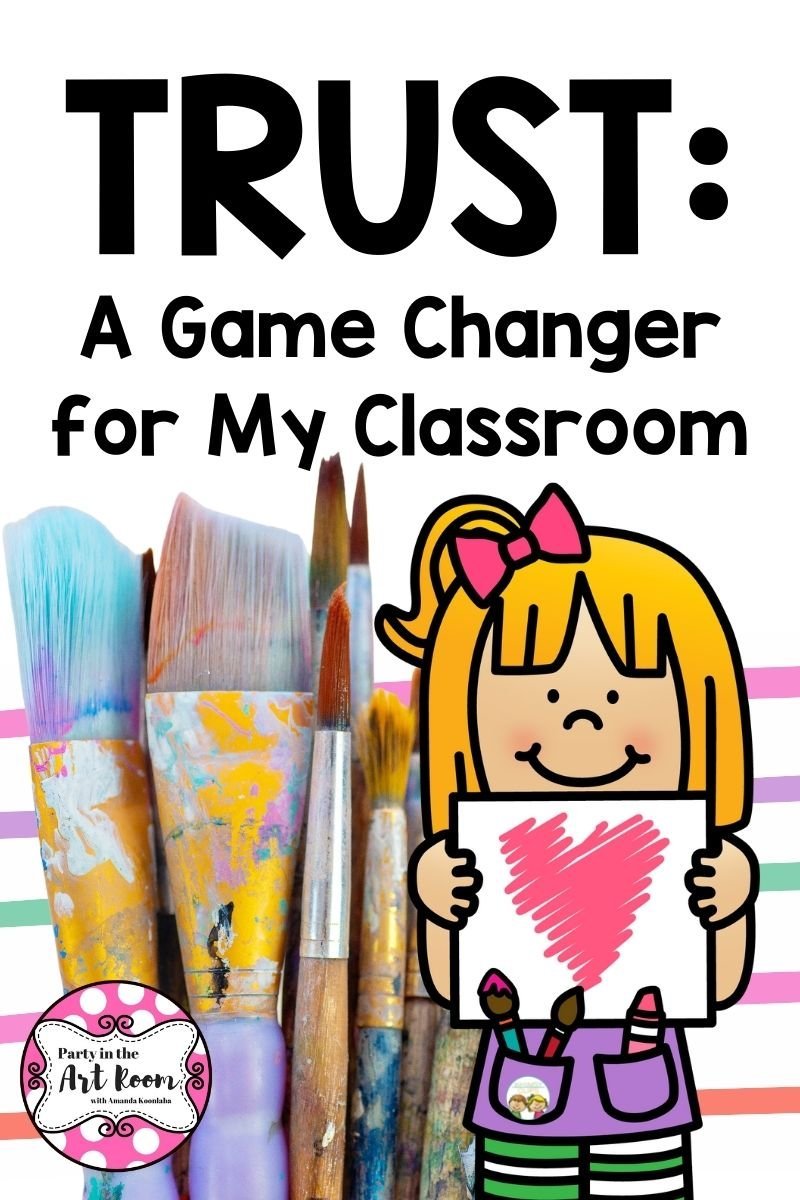
Trust : A Game Changer for My Classroom
“I trust you”: A Game Changer for My Classroom
Trust is a crucial component of any relationship, especially for student-teacher relationships. More importantly, we must empower our students to trust themselves to independently make decisions.
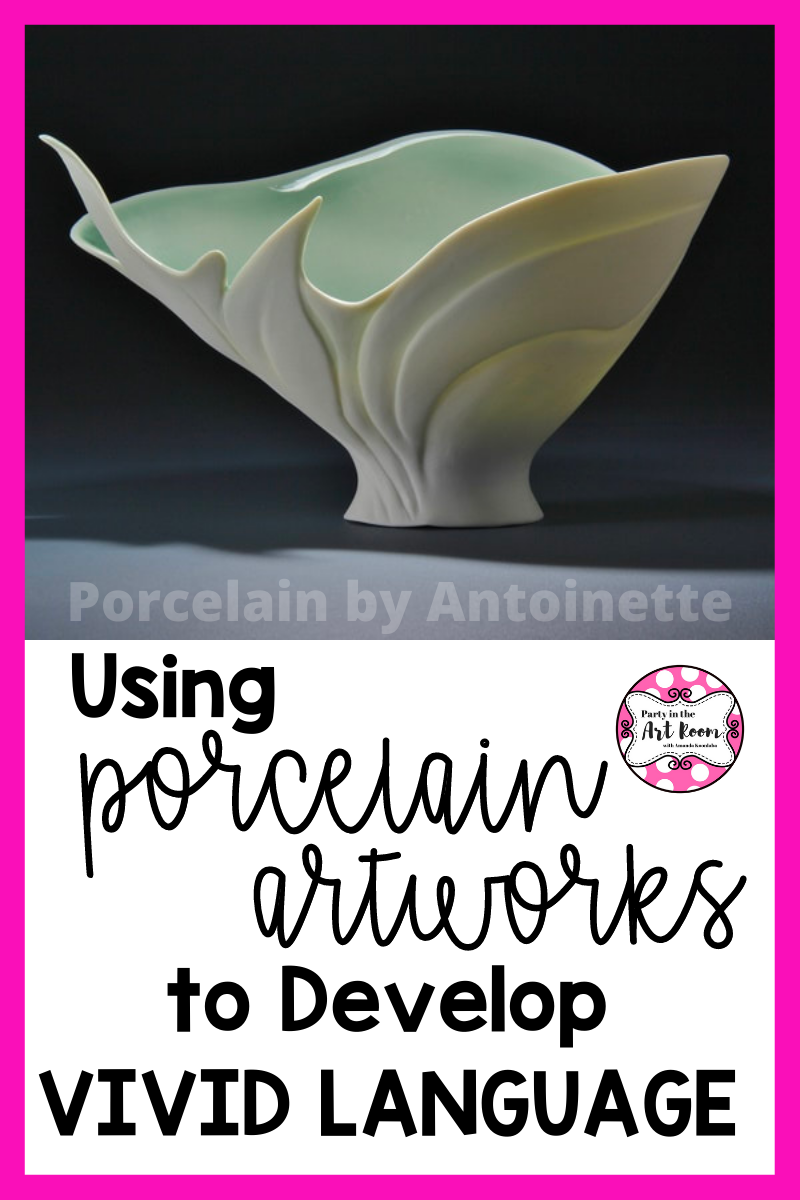
How to Beautifully Describe Porcelain Works of Art with Vivid Language
In this post, we will be using images of porcelain works of art as a prompt to help students discover vivid adjectives to describe art. Students often struggle to find words to describe art, but through this art activity, we can help them dig deeper and become more expressive.
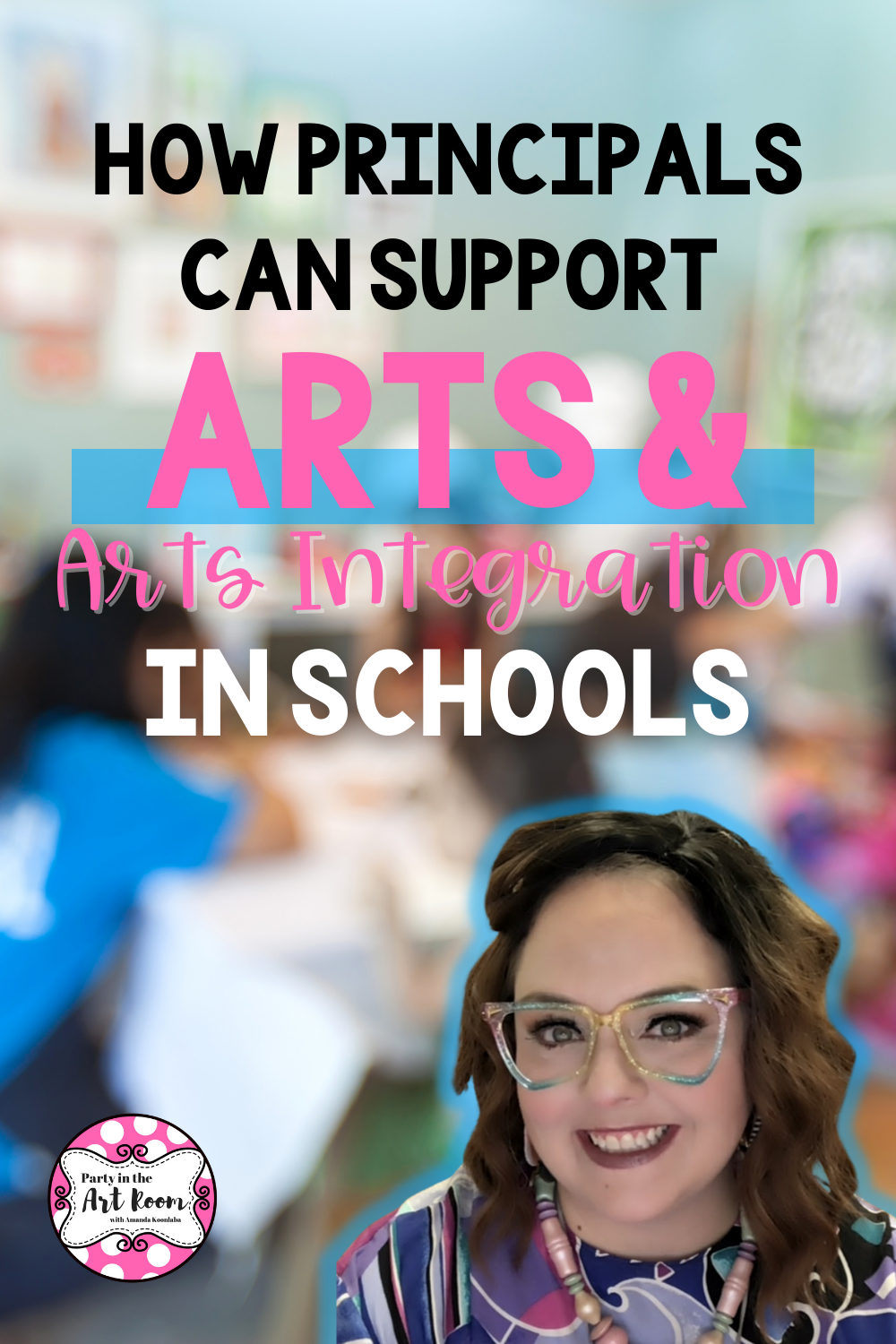
How Principals Can Support the Arts and Arts Integration in Schools
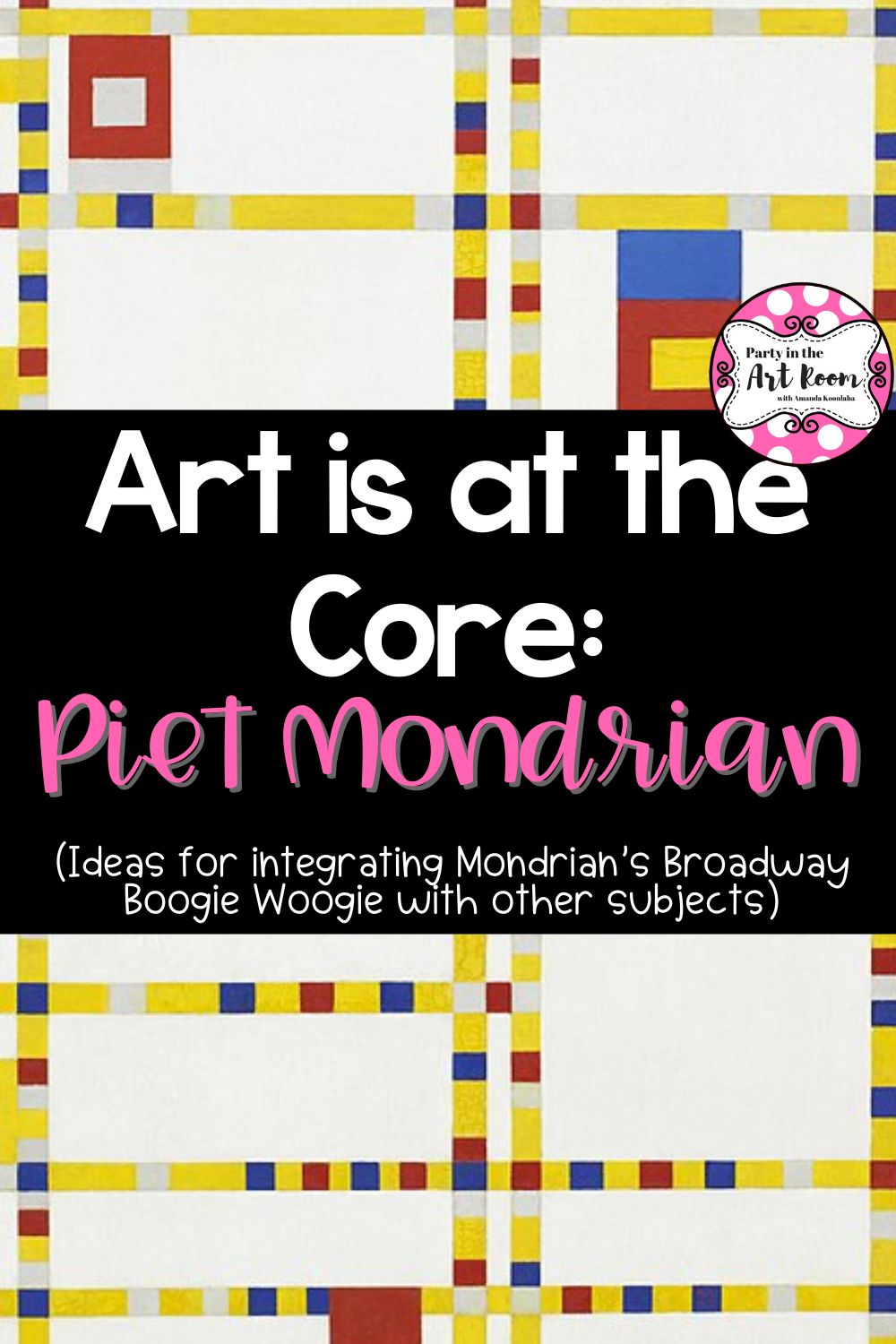
Art is at the Core: Piet Mondrian
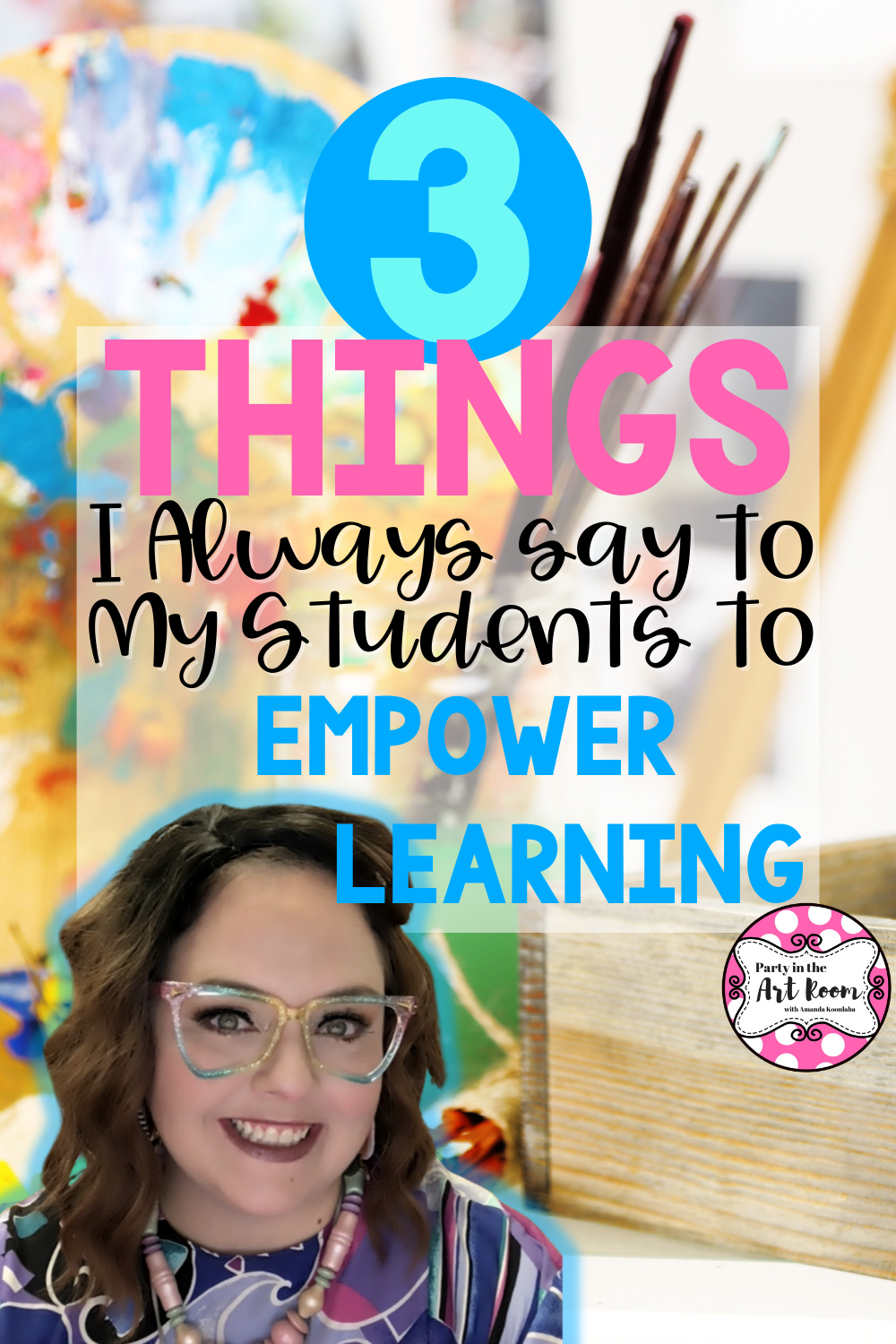
3 Things I Always Say to My Students to Empower Learning
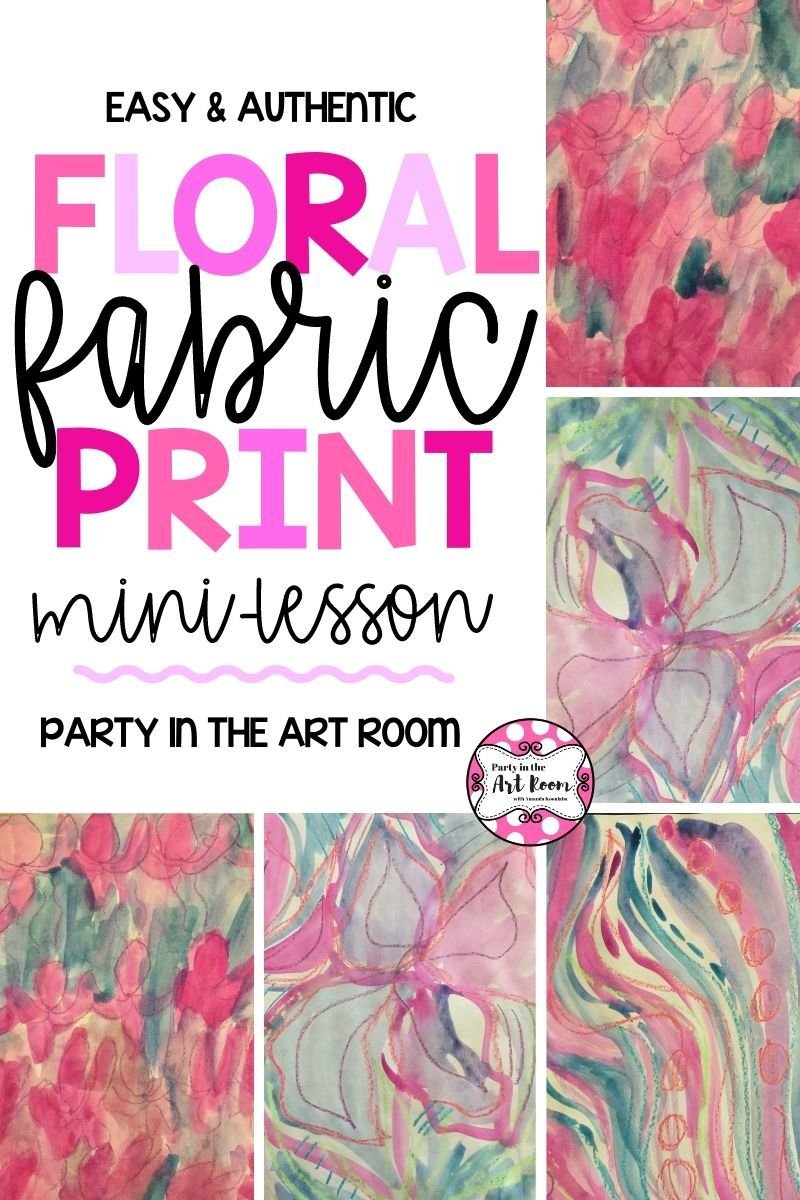
Easy and Authentic Floral Prints Mini Lesson Examples for Elementary
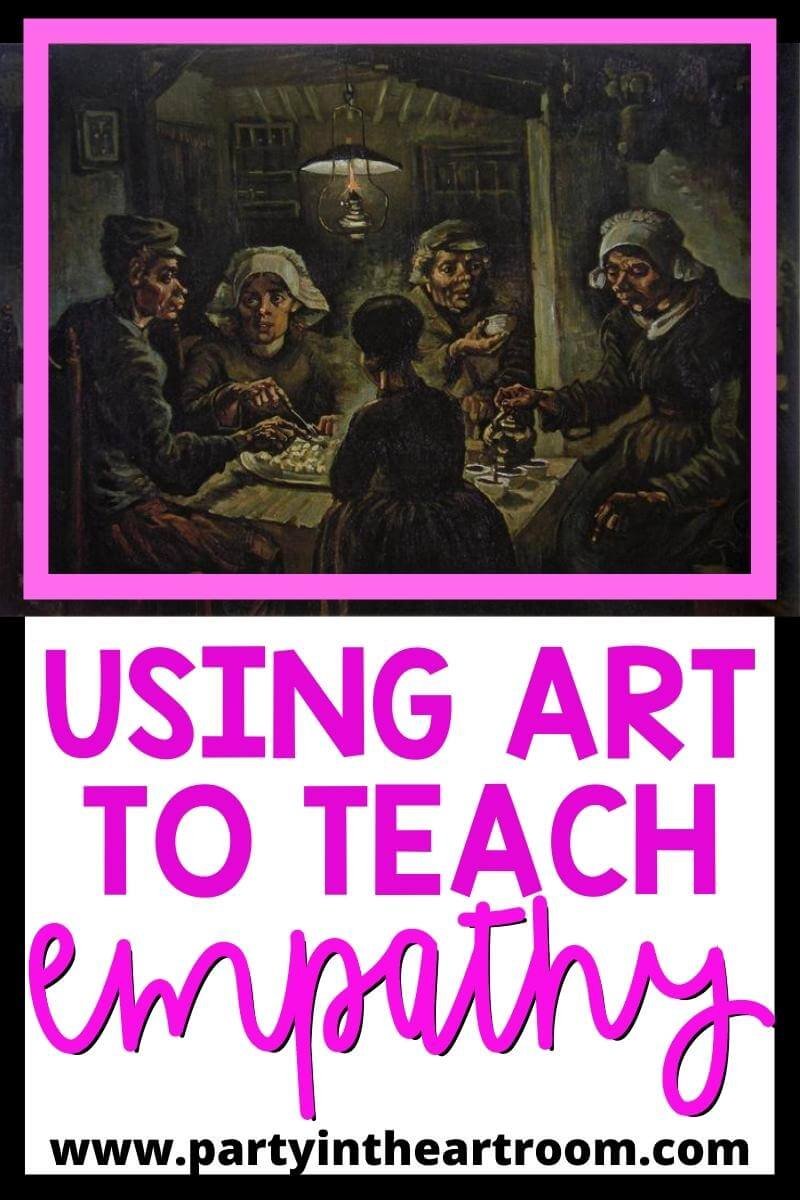
Best Ways to Teach Empathy with Vincent Van Gogh
Want to help your students develop empathy? This Vincent Van Gogh for kids lesson helps students explore emotions and develop empathy through art.
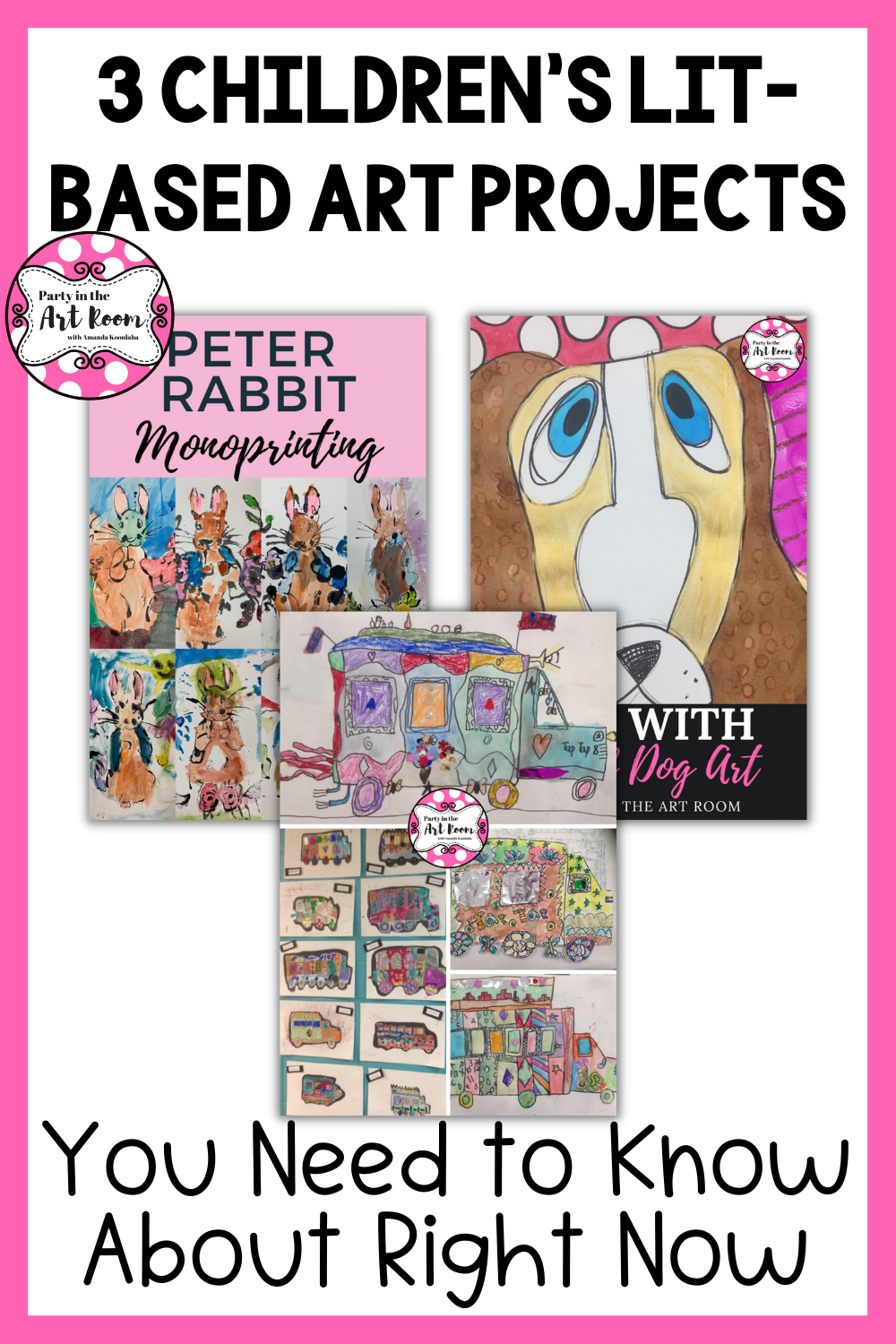
3 Children's Lit-Based Art Projects You Need to Know About Right Now
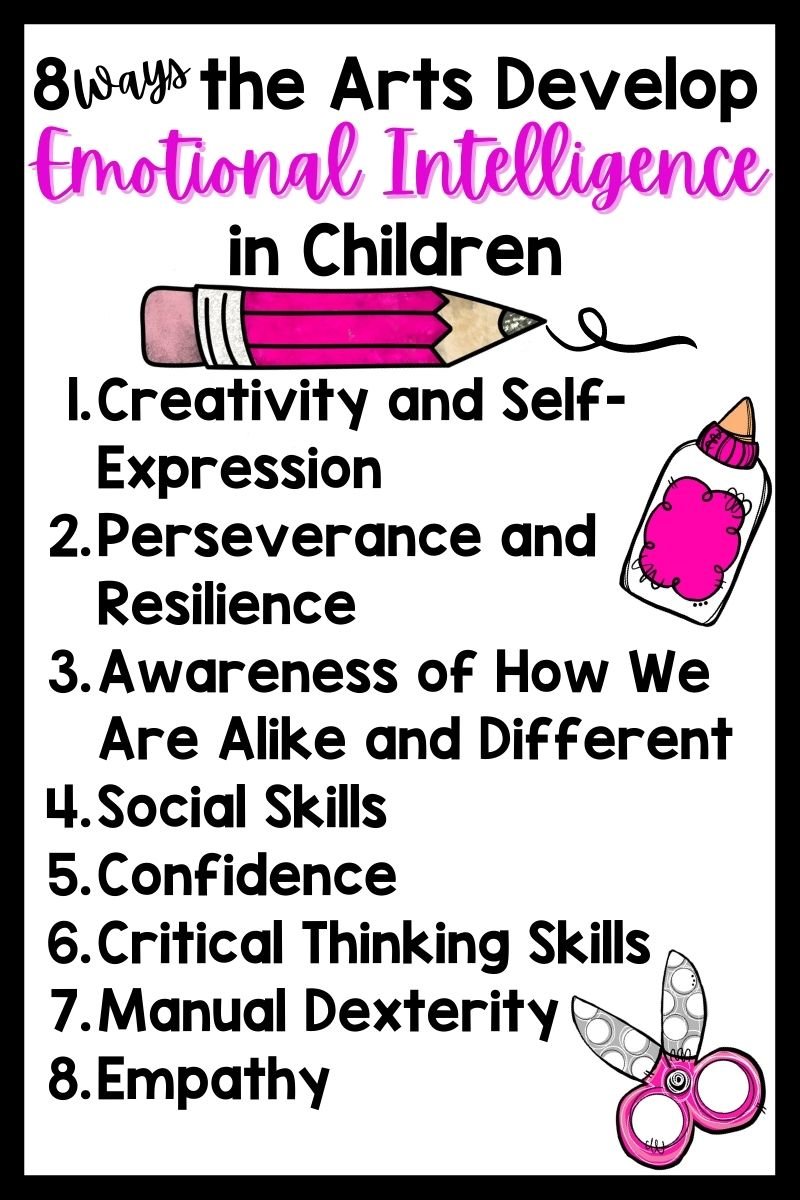
Why Art Education is Important for Developing Emotional Intelligence in Children
In other words, an education rich in the arts meets the needs of the whole child.
Let’s give that two thumbs up!
We all have emotions and how we deal with those emotions translates to how we function as human beings, this is known as emotional intelligence and can be explored through art.
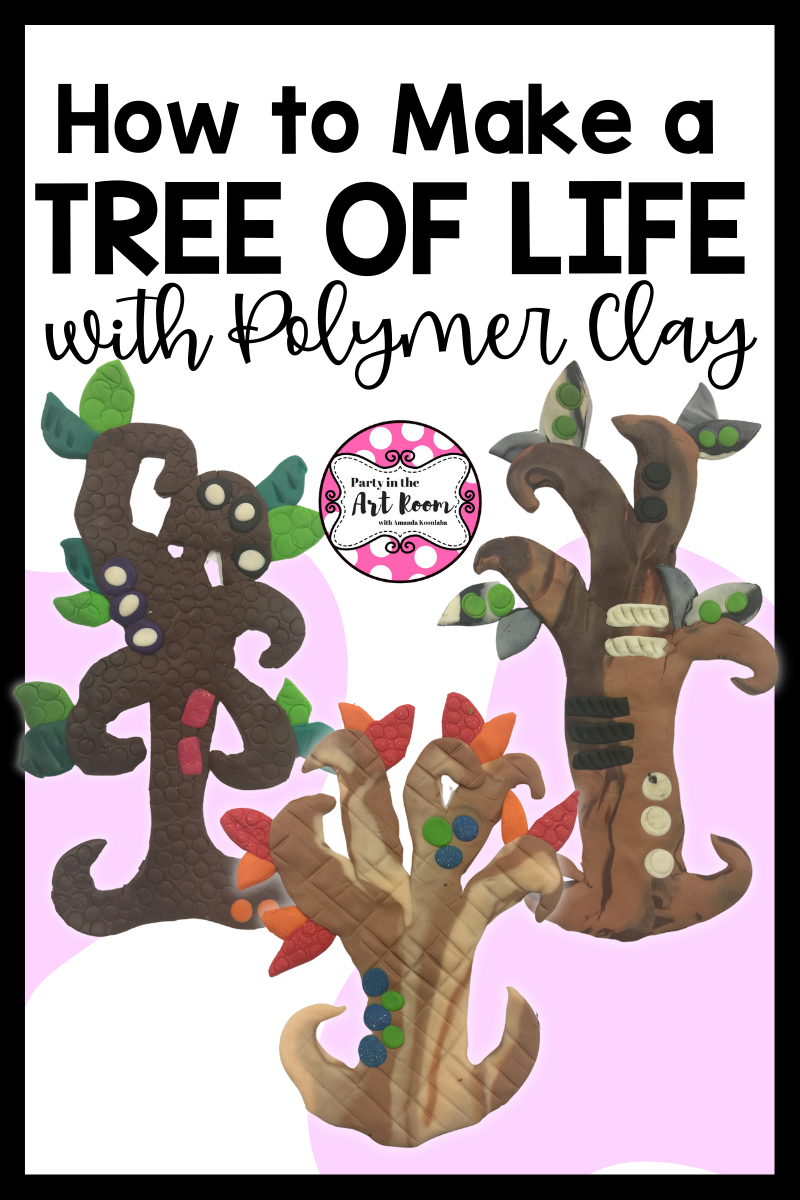
How to Make a Creative Tree of Life with Polymer Clay

How to Teach Kids About Color Theory (A Guide for Beginners)
If you are an art teacher and your students need help learning about color theory, this guide can teach you how to teach them. But even if you aren’t an art teacher, color theory can be useful in any kind of art-related, creative project. Think: regular education endeavors that require a creative process! These tips will help your students find success in any classroom.
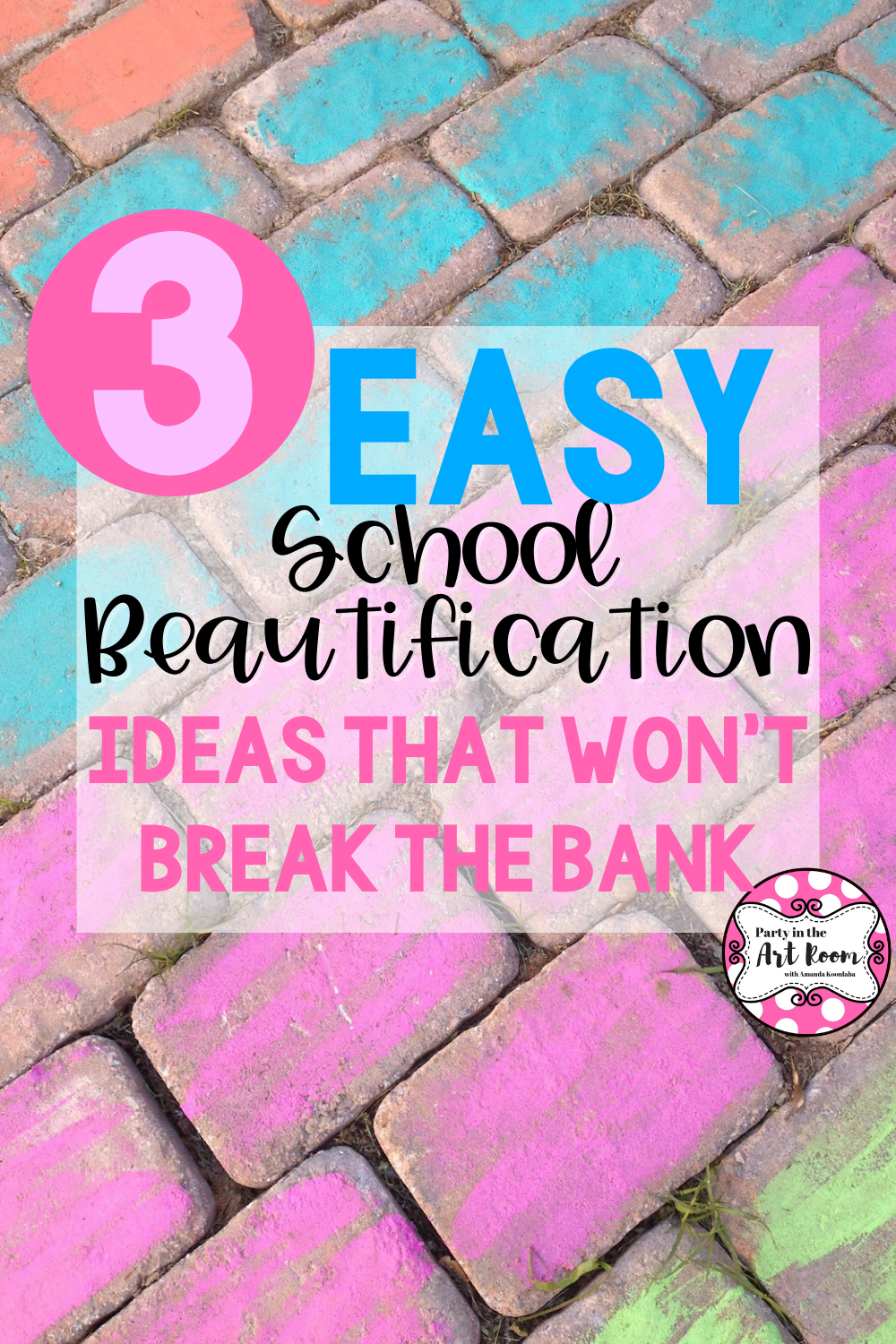
3 Easy School Beautification Ideas That Won't Break the Bank
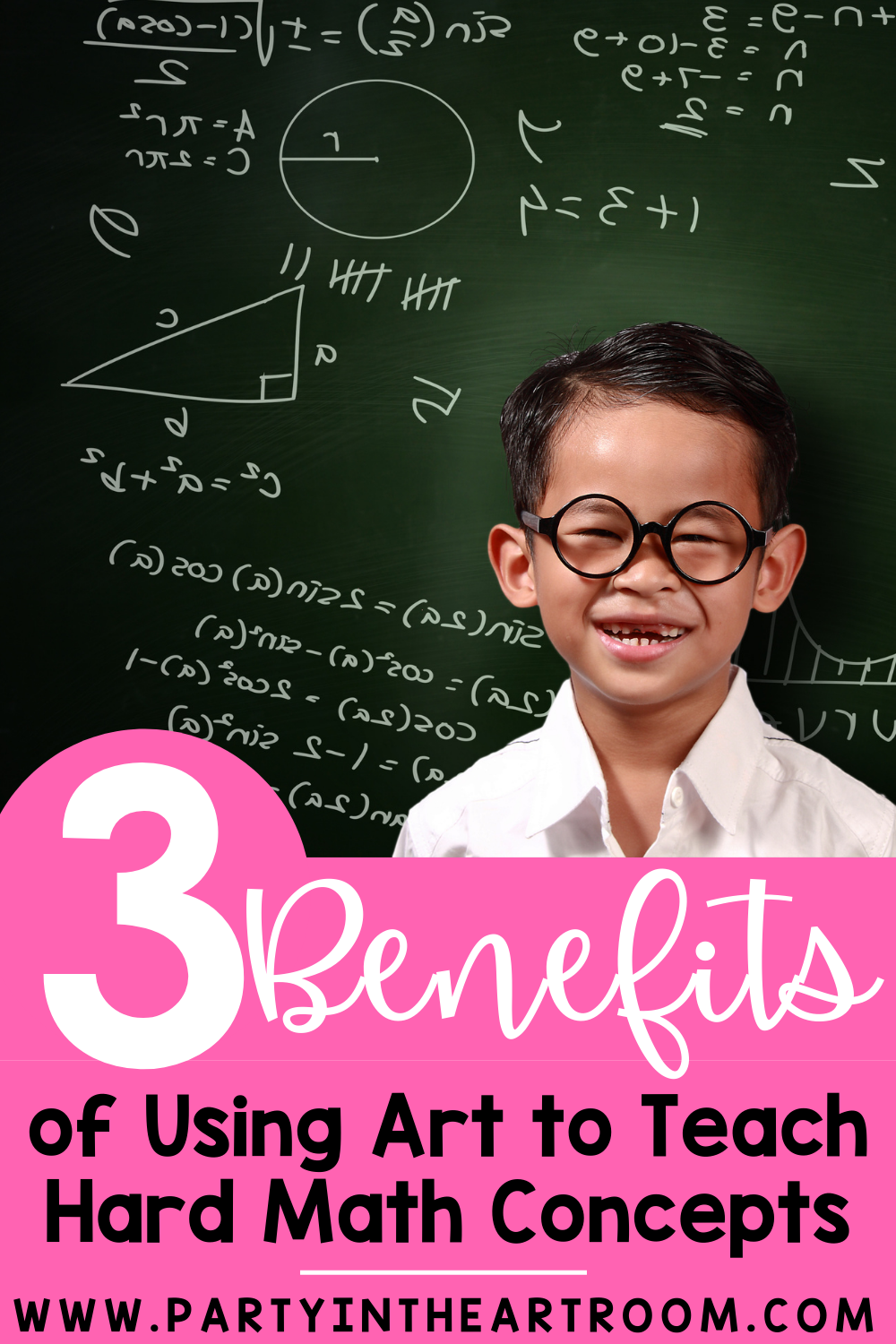
3 Benefits of Using Art to Teach Hard Math Concepts Like Fractions and Decimals
Curious about how to teach fractions and decimals in a new, engaging way? Bring together art and math! I’ll share with you the benefits of bringing art and math together, and how the end results can look like for your students.
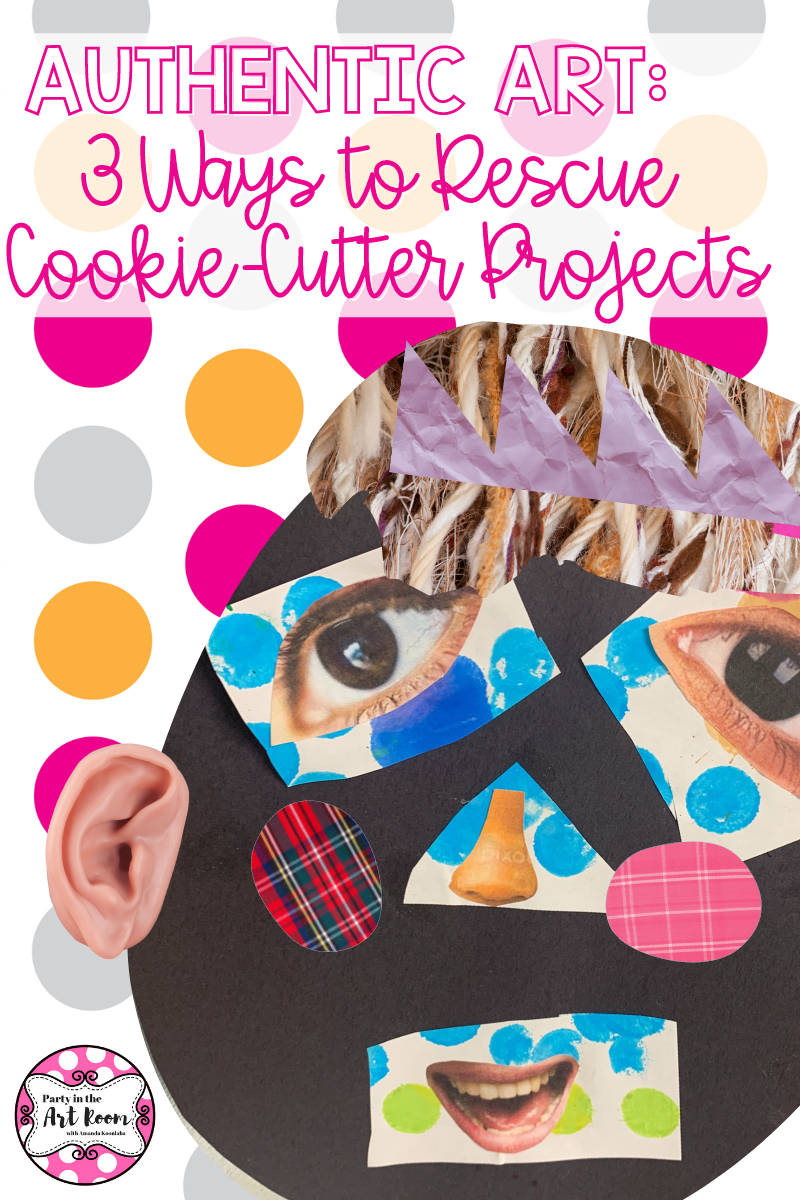
Authentic Art: 3 Ways to Rescue Cookie-Cutter Craft Projects
For many kids, creating art can be one of the most rewarding activities.
Here's the thing, though. We really have to give careful consideration to what we are asking kids to do when we call what we are doing "art."
Without getting too far into the weeds of semantics, lets just say we are talking about what is known in the art ed world as cookie-cutter, copycat projects in this post.
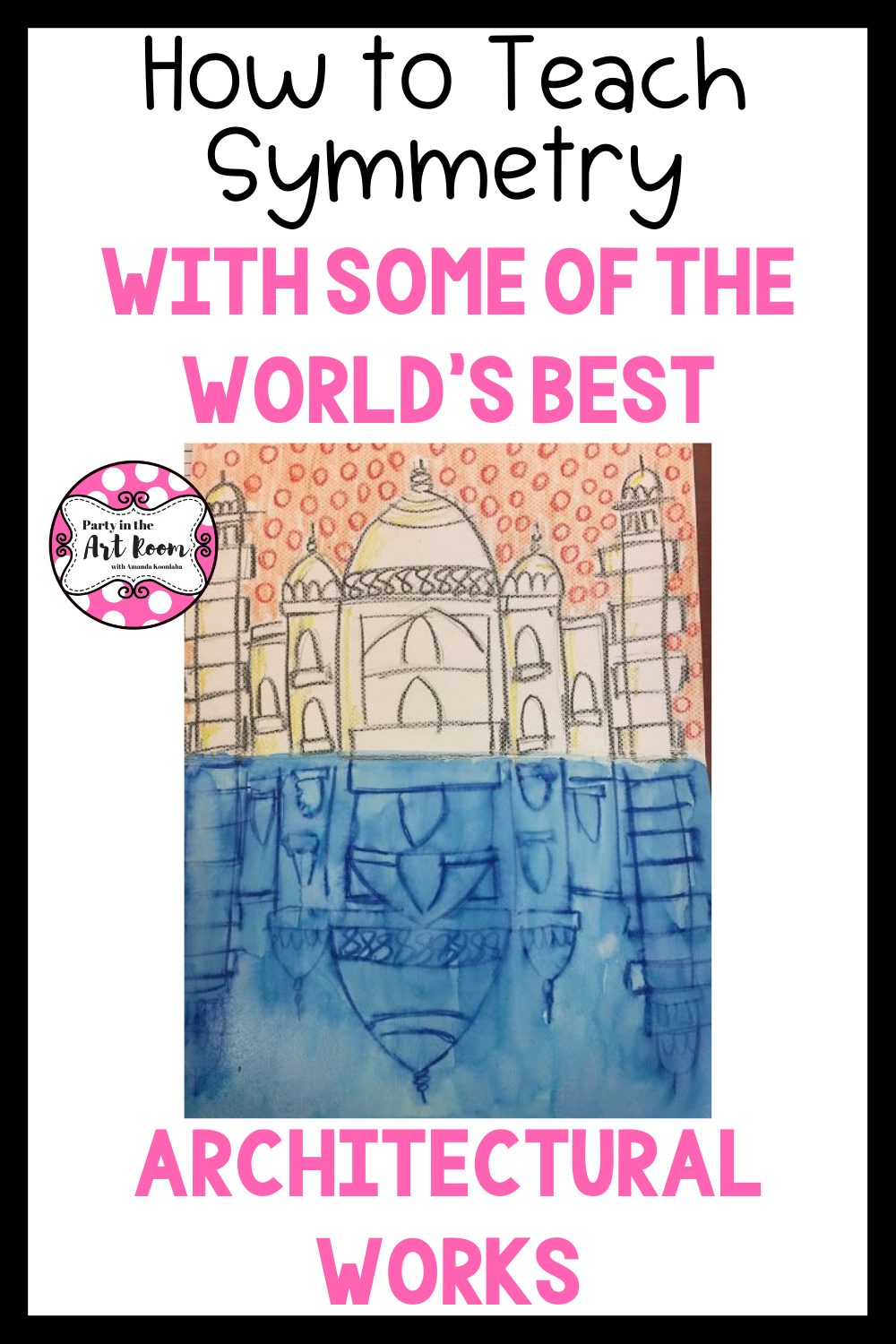
How to Teach Symmetry with Some of the World's Best Architectural Works

The Artistic Guide to Fact Fluency for Every Math Teacher
Math fact fluency is always a challenge for students, but art can give them each what they need to be a math fact pro!
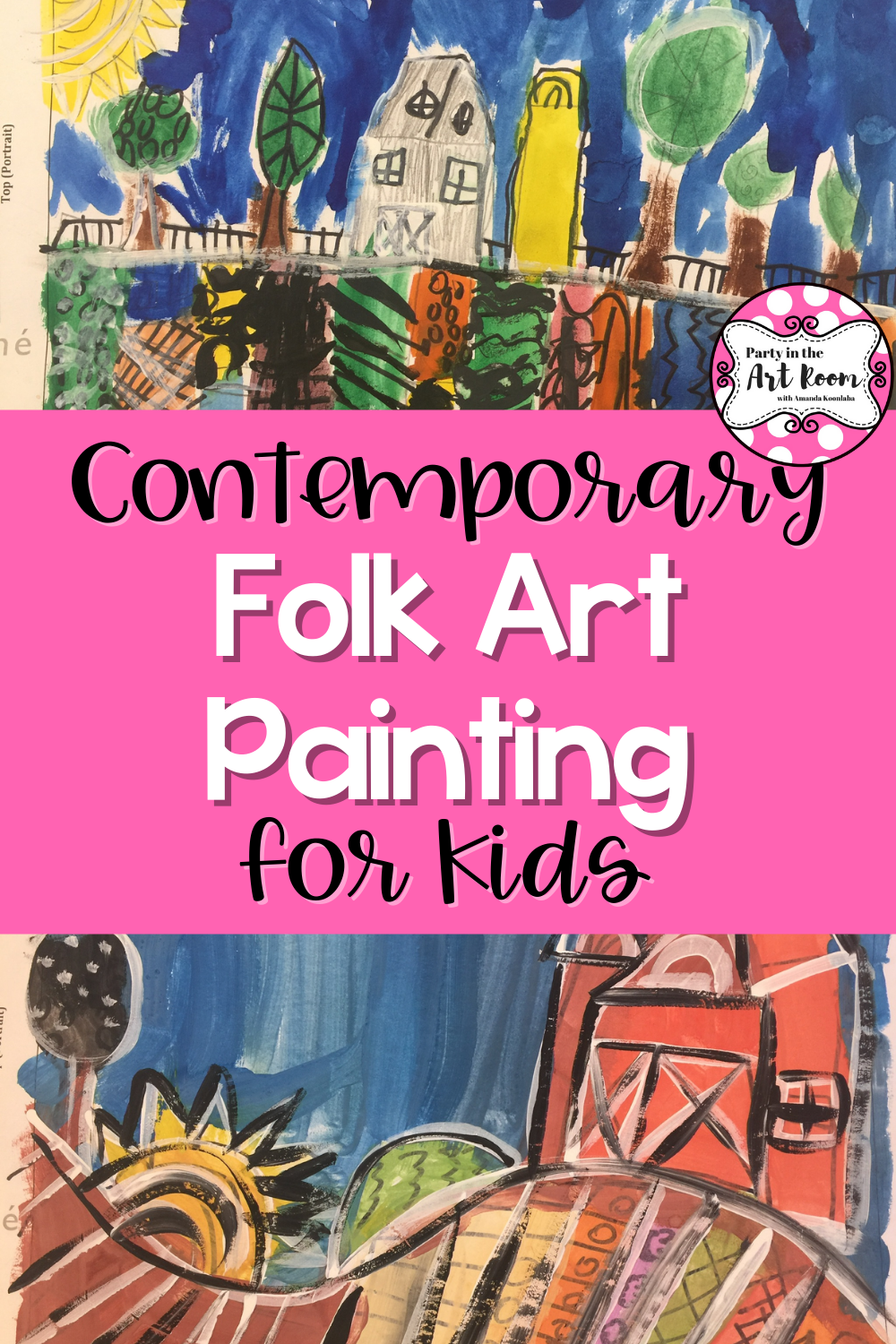
Contemporary Folk Art Painting for Kids
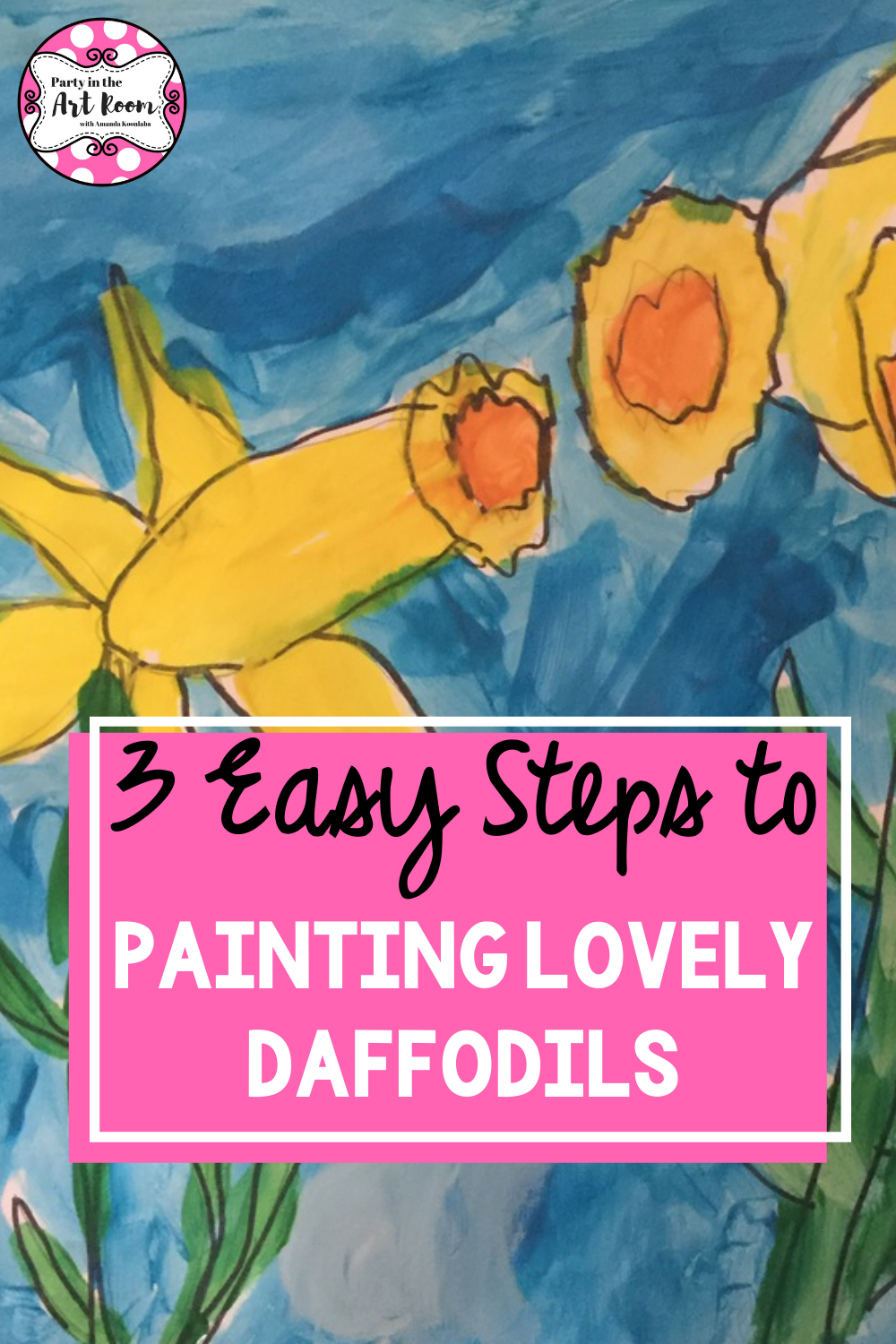
3 Easy Steps to Painting Lovely Spring Daffodils

How to Confidently Pronounce Artists' Names in the Art Room
I’m about to say something controversial, but here goes nothin!
It is not the job of the art teacher to know how to pronounce every artist’s name ever.
This is not included in the “requirements for art teacher” job listing! In fact, that would be unrealistic, too big a job for art teachers.
Now, let’s unpack all that.

How to Create Unique Textures in Mixed Media
If you’re interested in learning how to create unique textures in mixed media, you’ve come to the right place! I’m going to walk you through the process of mixing up a plethora of basic textures for your artwork. Remember to use these tips with your students and in your own practice. You will get return on your investment in this media by greater engagement in the learning process and retention of skills.
